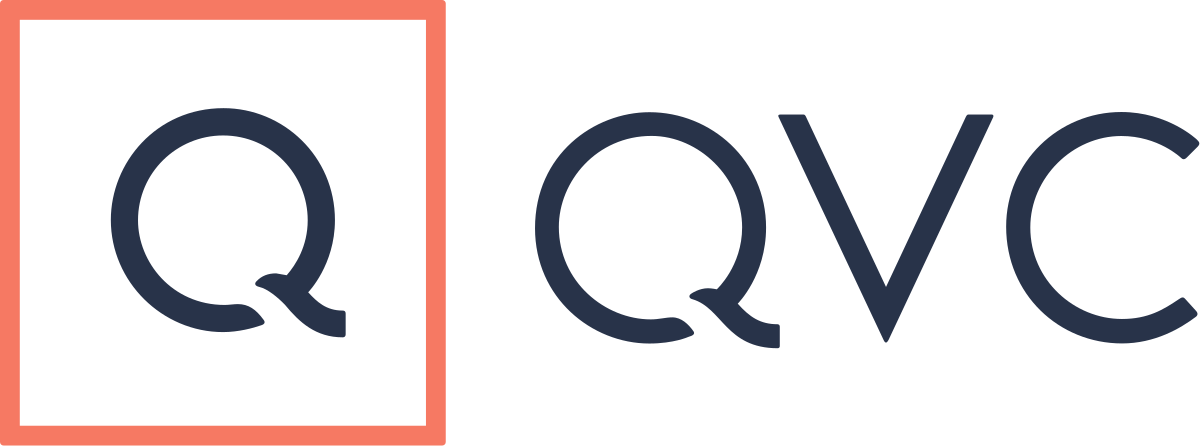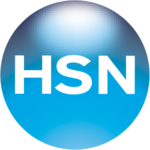All the tools you’ll need

Reducing Exposure
Respiratory Fit Test FAQ
What is a Respirator Fit Test?
Respiratory Fit Testing (RFT) is mandated by the Occupational Safety & Health Administration (OSHA) on the federal level and state level for most localities. Employees working in a position that is regulated by OSHA Respirator Standard CFR 1910.134 are required to have a respirator fit testing done at least once a year. The test is always done before working with a new mask or after changes in the employee’s facial characteristics. Annual or more frequent tests ensure continuous protection against mask wear and tear and facial changes.
Why have I been scheduled for an RFT?
The RFT needs to be performed as part of pre-employment screening and for anyone with an occupational risk for exposure to workplace pathogens. In short, the RFT confirms the right mask and fit adjustments for an employee exposed to workplace airborne hazards.
How long does the RFT take?
The respiratory fit test takes approximately 15 minutes.
Why must I complete a medical questionnaire prior to the RFT?
OSHA requires each respirator wearer to complete a medical questionnaire. This questionnaire is reviewed by a medical provider to make sure the wearer meets all requirements necessary to wear the mask. Should a concern arise from the questionnaire, the medical provider will discuss results and recommend appropriate action, depending on medical necessity. As part of the FIT KIT, your company will be provided a link to the online medical evaluation tool.
I’m pregnant. Is it safe for me to continue with the RFT?
As always, you should consult your physician prior to any type of exam or activity. However, all clinical research shows that the RFT is completely safe and would not cause any complications to your pregnancy.
What can I expect during an RFT?
During this test, the tester will ask you to wear the respirator along with a hood over your head. The tester then applies a series of test agents and gauges your ability to detect the smells and tastes.
During the RFT, how safe is it to wear the respirator fit test hood given the current healthcare climate?
Wearing the fit test hood is 100 percent safe as long proper sanitation protocols are followed. An EPA-approved solution should be used to sanitize before, during, and after every fit test to kill any bacteria, virus, or other pathogens.
These same sanitation protocols apply to nebulizers. Nebulizers produce a mist of solution that is supposed to be tasted by the individual. Due to spacing from the front of the hood to the front of the face, chances are minimal any droplets would contaminate the nebulizers, providing the nebulizers are sanitized between uses.
Why are different flavored solutions used during the RFT?
The use of different flavored solutions, some sweet and some bitter, are necessary because some candidates have high sensitivity to flavors or lackluster taste.
What happens if I can’t taste the testing solution?
If the saccharine solution is introduced first during the RFT, and you cannot taste the saccharin, then the bitter solution will be introduced. If the candidate cannot taste the bitter solution, the tester should do an additional consult to see if they can introduce another irritant. Alternatively, they might conduct a quantitative fit test to achieve a true outcome.
NOTE: Due to the current healthcare climate, lack of taste could be a symptom of COVID-19. Consult a physician prior to testing.
Why are different flavored solutions used during the RFT?
The use of different flavored solutions, some sweet and some bitter, are necessary because some candidates have high sensitivity to flavors or lackluster taste.
Now that I’ve been cleared, can I use any respirator mask thereafter?
No. The respirator you’ve been tested on has passed ‘inspection.’ Not all masks are created equal and not all are appropriate for your facial configuration. OSHA requires that you be fit-tested on EVERY model of mask you’re going to wear.
How long is my mask clearance valid?
Under OSHA regulations, RFTs should be completed annually. That means you should be refitted for your mask every year – sooner if a different mask is required. Further, individuals who gain or lose weight, such as during pregnancy, or experience other facial changes, must be refitted. Any of these changes can affect proper mask fit.
How long does my respirator mask last?
The mask is made to be disposable. It should be changed out during the workday, at least once per day. Due to the current healthcare climate, the CDC recommends using protective personal equipment (PPE), including respirators, as long as possible. With proper storage and sanitation, the mask should be usable for up to a week.
NOTE: Masks are not waterproof. If a mask gets wet, dispose of it. Also, if the inside appears to be deteriorating, such exhibiting pulls or other extreme signs of wear, throw it away.
What is the proper way to store my mask?
Ideally, you should cycle among several masks. Handle masks by their elastic bands only. After removal, the CDC recommends storing each mask in a paper bag labeled with date and wearer’s name. That’s because viral matter doesn’t last as long in a paper environment as it does in other environments. So, use the mask for several days, store it in a paper bag, then re-use a previously-stored mask.
What is the proper way to sanitize my mask?
Do NOT spray any aerosol solution into the mask. While some believe this process kills viral matter, spraying affects the integrity of the mask. Ultimately, spraying breaks down mask quality and makes the wearer more susceptible to contracting or transmitting a virus or inhaling additional aerosol the N95 would have prevented.
Will I receive a confirmation of my exam results?
Yes. Upon successful completion of the RFT, all passing candidates will be provided a clearance card or certificate specifying the respirator make and model for which they have been cleared. This complies with OSHA regulations to provide a copy of results to the candidate to maintain on their person for proof.




What Our Customers Have to Say








